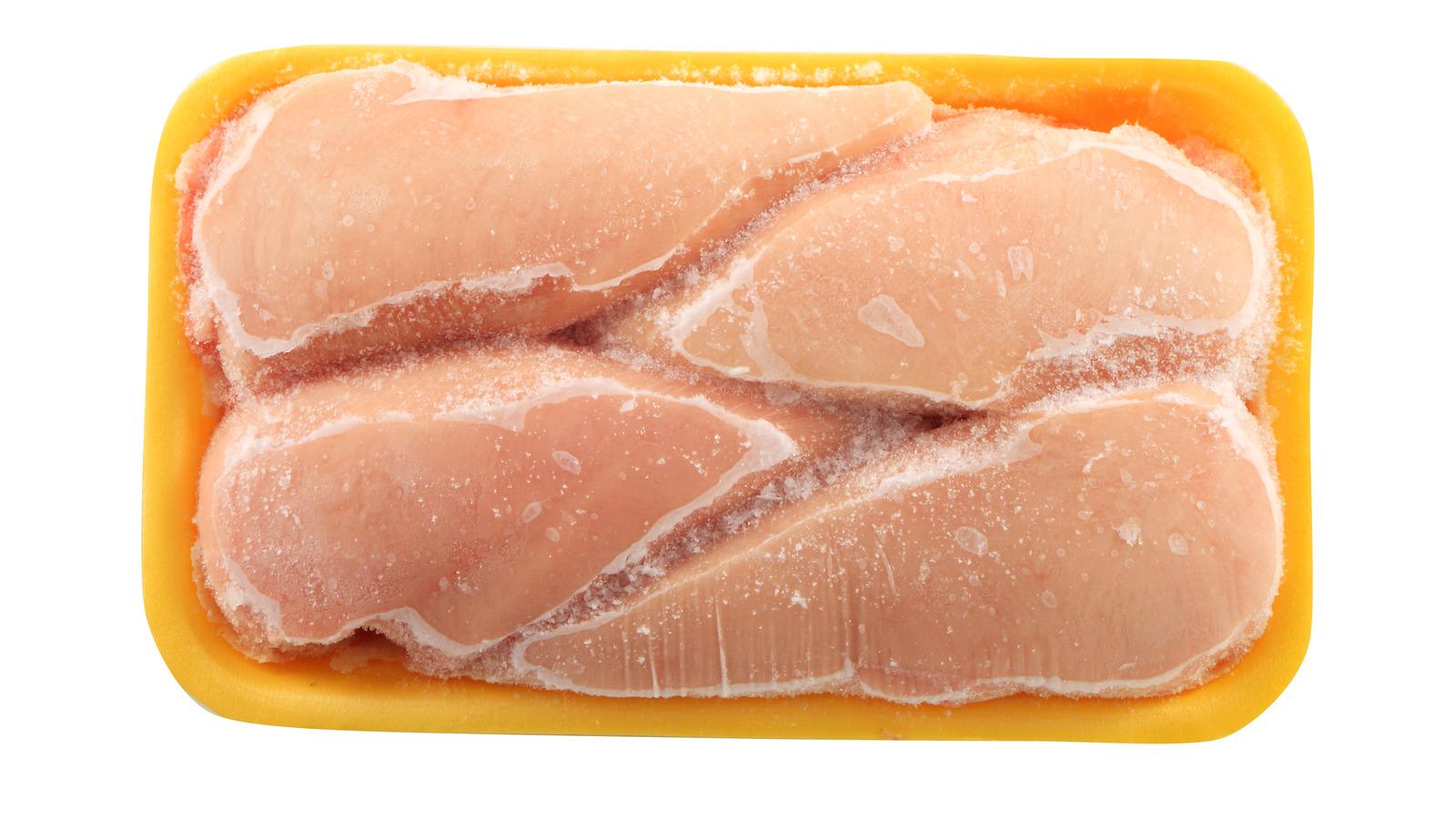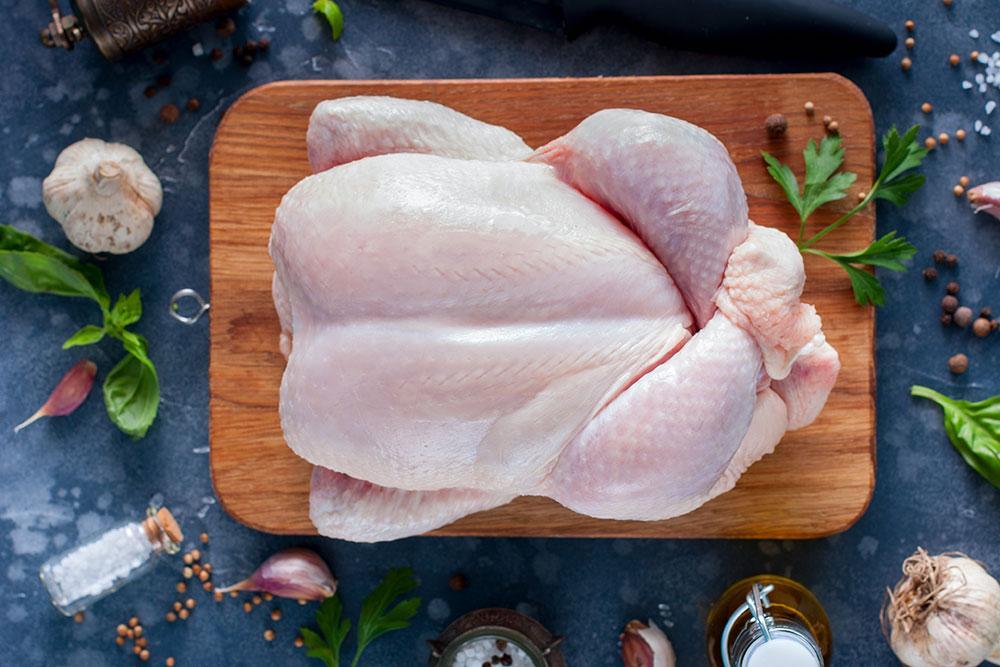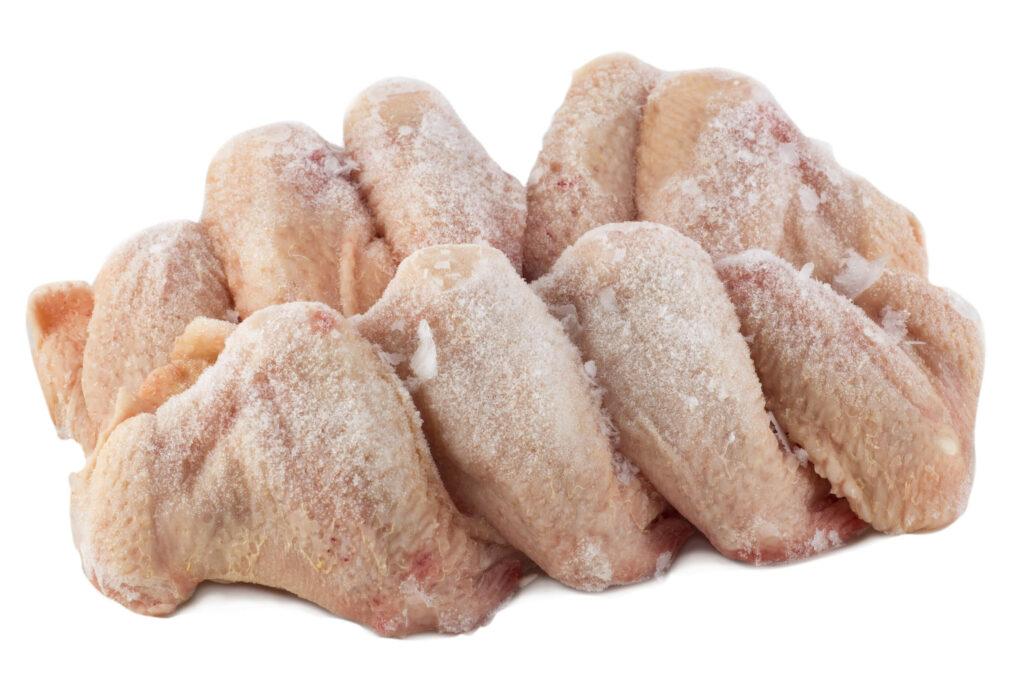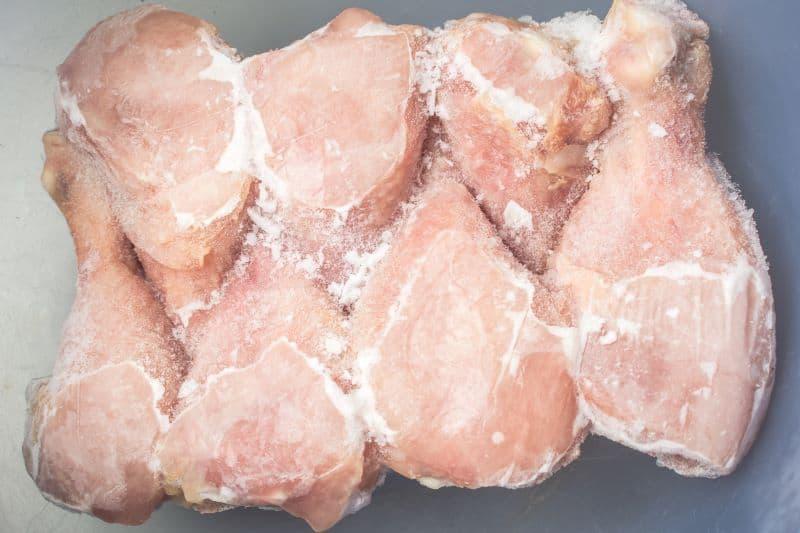Forgetting to thaw chicken can throw a wrench in meal preparations. Defrosting times vary significantly based on the cut of meat.
The USDA reports that 40% of home cooks admit to improper thawing techniques. Will your dinner plans fall victim to frozen chicken frustration?
Salmonella Scare: The Hidden Danger Within

Improper thawing methods can lead to dangerous bacterial growth. The USDA estimates 4% of supermarket chicken contains Salmonella.
This bacteria causes 1.35 million infections annually in the US. Are you unknowingly inviting foodborne illness to your dinner table?
Cross-Contamination: A Kitchen Battlefield Emerges

Raw chicken juices pose a significant threat to food safety. Studies show that 70% of home kitchens have traces of harmful bacteria.
Experts recommend using separate cutting boards for meat and produce. How many invisible contamination hotspots lurk in your kitchen?
Refrigerator Method: Slow and Steady Wins

Thawing chicken in the fridge is the safest USDA-approved method. This technique allows for refreezing if plans change.
The process takes 24 hours for every 4-5 pounds of chicken. Are you patient enough for this foolproof method?
Water Thawing: Speed vs. Safety Showdown

Cold running water thaws chicken faster than refrigeration. This method can defrost a pound of chicken in 30 minutes.
However, it requires constant attention and wastes water. Is the time saved worth the environmental cost?
Microwave Defrosting: Convenience at a Price

Microwaving offers the fastest thawing option but compromises quality. This method often partially cooks the chicken’s exterior.
65% of microwave users report uneven defrosting results. Will you sacrifice taste for speed?
Temperature Danger Zone: Bacterial Breeding Ground

Chicken enters the danger zone between 40°F and 140°F. Bacteria can double every 20 minutes in this range.
The USDA warns against leaving chicken at room temperature for over two hours. How often do you unknowingly play chicken roulette?
Bottom Shelf Strategy: Preventing Drip Disasters

Storing thawing chicken on the bottom shelf prevents cross-contamination. Research shows that 32% of refrigerators harbor Listeria.
Proper placement can reduce contamination risks by 90%. Is your fridge organization putting your family at risk?
Time Management: The Key to Safe Thawing

Planning ahead is crucial for safe chicken thawing. The average American cooks chicken 2-3 times per week.
Implementing a thawing schedule can reduce last-minute panic by 75%. How can you revolutionize your meal prep routine?
Future of Thawing: Technology to the Rescue?

Emerging technologies promise safer, faster thawing methods. Researchers are developing high-pressure thawing techniques that work in minutes.
These methods could reduce foodborne illness risks by 99%. Will your kitchen soon boast a futuristic thawing device?


